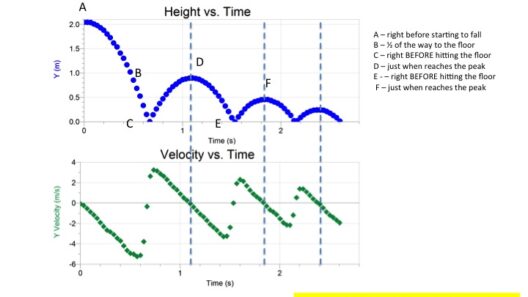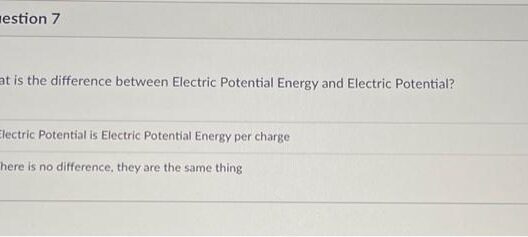Understanding the equation E=mc² is essential for grasping the broader implications of energy conservation. At its core, this equation delineates the relationship between energy (E), mass (m), and the speed of light (c) in a vacuum. The speed of light, an astonishingly high figure—approximately 299,792,458 meters per second—squared (c²) results in a substantially large number. This mathematical formulation not only revolutionized physics but also offered critical insights into the principle of energy conservation.
The principle of conservation of energy posits that energy cannot be created or destroyed; it can only be transformed from one form to another. This is intrinsically related to E=mc², as it suggests that mass itself can be converted into energy. The implications of this relationship spark deep intrigue, revealing a universe where the boundaries between matter and energy blur.
At a basic level, the equation suggests that a small amount of mass can be converted into a large amount of energy. For example, nuclear reactions, such as those that power the sun, exemplify this principle. During these processes, hydrogen nuclei fuse into helium under immense pressure and temperature, resulting in the release of massive amounts of energy due to the reduction of mass.
The applications extend beyond the nuclear realm. In everyday phenomena, we witness energy transformations that intricately link with conservation principles. When chemical bonds break, as in combustion, the mass of the reactants seemingly diminishes. However, this lost mass has transformed into energy yielding heat and light, adhering to the conservation of energy tenet.
Nevertheless, while E=mc² illustrates the potential for mass-energy conversion, one cannot ignore the broader ecological framework in which these transformations occur. For instance, consider fossil fuels, where stored solar energy from ancient plant life has been converted over millions of years into usable chemical energy. This conversion—reliant on geological processes—emphasizes the importance of sustainable practices in energy consumption. As resources deplete, understanding E=mc² takes on an urgent significance.
Shifting focus to renewable energy, the principles outlined by E=mc² resonate profoundly with contemporary methods of harnessing energy. Solar panels convert sunlight directly into electrical energy, representing a direct conversion of energy forms that aligns with the conservation principle. Wind turbines convert kinetic energy from wind into electrical energy, highlighting how various energy forms continually interact and transform. These processes epitomize the conservation of energy and underline a pivotal transition toward sustainable energy systems.
Additionally, as technology evolves, so does our ability to comprehend and utilize these energy transformations. The advancements in quantum physics and particle physics further enhance our understanding of E=mc². In high-energy physics experiments, such as those conducted at the Large Hadron Collider, particles collide at staggering velocities, allowing for observable mass-energy conversions. Such experiments not only validate theoretical constructs but also provide deeper insights into the fabric of the universe and energy conservation.
However, acknowledging the marvels of E=mc² should catalyze a more profound inquiry into the ethical dimensions of energy use. The implications of mass-energy conversion extend into environmental policy and conservation efforts. Recognizing the finite nature of fossil fuel reserves compels a reevaluation of energy paradigms. It advocates a transition toward greener practices, reducing reliance on depleting resources while embracing the vast potential of solar, wind, and hydroelectric power.
Moreover, conservation of energy principles enlighten discussions on energy efficiency. This ties back to the fundamental idea that every transformation incurs losses—typically in the form of heat. Therefore, innovations aimed at minimizing these losses are crucial in promoting sustainable energy practices. Insulating homes effectively or employing energy-efficient appliances contributes significantly to reducing overall energy consumption.
The quest for sustainable energy solutions also aligns with global climate initiatives. Efforts to mitigate climate change inherently rely on an understanding of energy conservation. As carbon emissions correlate with energy use, enhancing energy efficiency is paramount. The context of E=mc² knits together scientific understanding with actionable strategies for sustainability.
Furthermore, as societal awareness of climate change intensifies, the principles of energy conservation emerge as teaching tools. Educators can leverage E=mc² to illustrate broader concepts of sustainability, emphasizing interconnectedness. Understanding how human actions affect energy systems creates urgency in adopting responsible behaviors toward energy consumption.
Consequently, interdisciplinary approaches become invaluable. Fields such as economics, environmental science, and ethics converge with physics to engender comprehensive energy policies. These strategies must underscore E=mc² relevance, advocating for a society that harmonizes technological advancements with responsible stewardship of the planet.
In summation, E=mc² encapsulates profound implications for the principle of energy conservation. It serves as a beacon, illuminating the intricate relationships between mass and energy, encouraging us to adopt sustainable practices, and fostering a greater understanding of our planet’s energies. Embracing this knowledge is crucial as humanity navigates the complexities of energy use. Through conscious application of conservation principles, we can create a resilient and sustainable future that respects both scientific insights and ecological viability.






